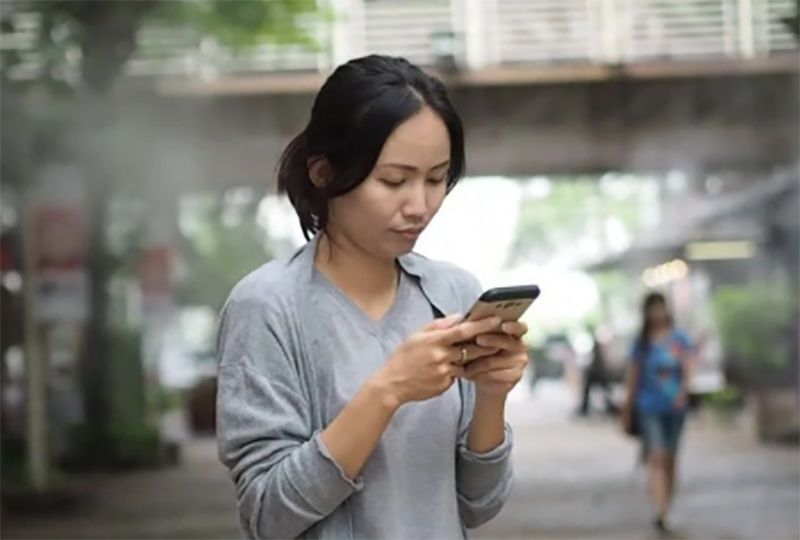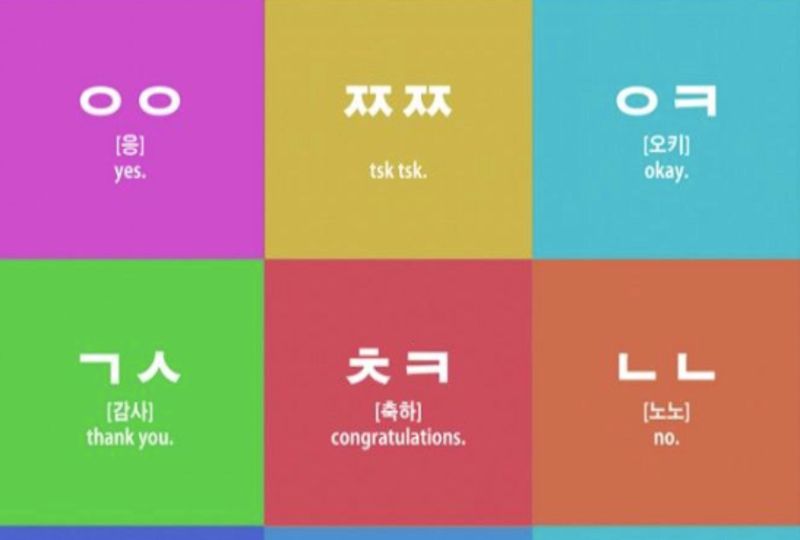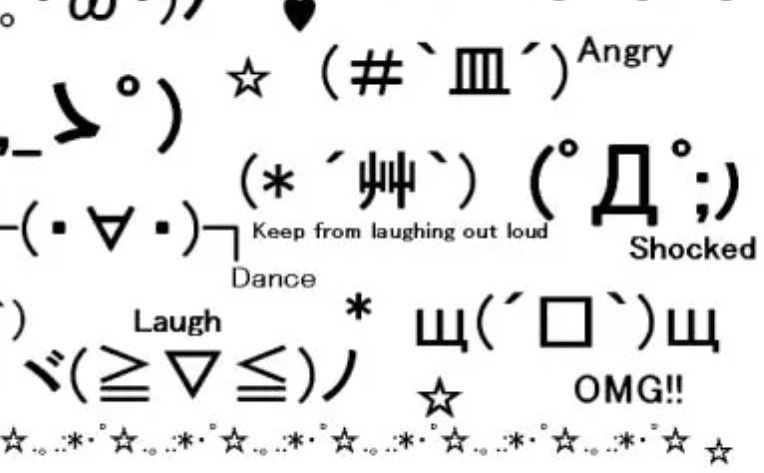The Ultimate Guide to Texting in Korean

In Korean, there are all kinds of special ways to send reactions and slang via text. Plus, now more than ever, the world of online communicating is becoming such an important tool to navigate with a majority of people using their phones to do so! One of the most widely used messaging platforms for Koreans and even foreigners living in Korea is Kakao. Are you ready to learn how to confidently message people in the correct Korean style? Time to impress all your friends and know exactly what it is your Korean friends are texting you.
With online messaging in Korean, you're going to find that you will be dealing with a lot of shortened words. That's because informal Korean text messages use abbreviations and slang to make texting cute and fun, not to mention to save you some time. Let's go over some examples you may run into.

How to Use Common Korean Texting Abbreviations
One of the most widely used forms of texting within this culture are through reactions. Think of how in American English there are well known reaction replies, like "LOL", which stands for 'laughing out loud', or "OMG" as in 'oh my gosh'. Let's go over some frequently used Korean reactions! For starters, "OMG" is used in Korean, too. This is pronounced as:
1.헉! [huk] (OMG). This word is purposefully used not only due to how well it expresses its meaning, but also how it is pronounced! It literally sounds like a shocked noise that's made when caught in one's throat. So, when 헉 is vocalized, its main goal is to show surprise. It's also a great way to use a word if you want to show that you are shocked, as it translates to “Oh, my!”, “Woah!”, and, obviously, "OMG".
2.ㄷㄷ [d d] (statement used to express fear, amazement, astonishment). This is so common in the world of Korean texting, and comes from the word 덜덜 (duhl-duhl), which literally translates to "rattle". Just like a rattle shakes, the text with this reaction is to mimic an image of shaking. Imagine that the texter is quivering from their astonishment, excitement, or sometimes fear.
3.ㅋㅋ [k k] (LOL/haha). This is how Koreans voice their laughter over text message. It symbolically represents the sound of laughter, so it can be interpreted as the common "LOL" reply. The more the "ㅋㅋ" letter is repeated in a reply (for example: "ㅋㅋㅋㅋㅋㅋ"), the more the laughter is being expressed. So, you can keep typing ㅋㅋㅋㅋ over and over again to show more "haha's" are happening. If you receive this from one of your Korean friends, you deserve some comedian points!
4.몰라 / ㅁㄹ [mol-la / m l] (I don’t know). Its abbreviated form is “ㅁㄹ”, which is like using the English abbreviation, “IDK” rather than "I don't know". Taking out the rest of the letters not only quickens the rate of the text, but it also simplifies the reply.
5.ㄱㅅ (thank you). This is a shortened down slang version of the Korean word 감사합니다 [gam sah ab ni da], which is the more proper way of thanking someone. Notice how ㄱ and ㅅ are the first starting consonants in the proper translation of "thank you". How much easier is it to just type out those two consonants?!

How to Text using Korean Slang
Korean slang is great to use when texting a friend or when you want to make your message sound friendly and casual. It consists of mainly shortened down versions of the original Korean word itself. This is a great type of communication to learn for quickly associating Korean culture into friendship, via texting. Let's go over some popular Korean slang that you may find yourself getting texted by others. You will be a professional at understanding it in no time!
1.굿나잇 [gus na is] (sleep well/good night). Try saying this slang word out loud. Notice how similar it sounds to the English version of "good night"? That's what Koreans are getting at when they use this word! The proper Korean translation to "good night" is 잘자 [jahl ja].
2.굿몽 [gus mong] (good morning). Again, does this sound similar to the English version when said out loud? Yet another slang version to use in Korean.
3.모해? [moh heh] (whats up?). This is referred to as a slang, casual way to ask someone what they are up to.
4.ㅇㅇ(yes/yup). Although the original way to say yes in Korean is 네 [nae], whomever gets this text will understand that you are still saying yes or yup to them when using "ㅇㅇ" as your reply.
Right now, it may all look like a jumble of seemingly random symbols. These Korean abbreviations and slang terms will be something you are going to run into in Korean text conversations. You may even begin to notice it in K-Pop and K-Dramas!

Top 6 Tips for Learning what Korean Emoticons Mean
Are you familiar with emojis? "Emoji" is a Japenese word that literally translates to "picture letter". I must say, that word could not be describing it any better! In Korean texting emojis are used, but it is just as common (if not more common) that they use a different type of "picture letter" from the standard western emoticon. Let's take a look at the most common examples:
1.^^ (two smiling eyes). In America, this keyboard symbol stands for the act of adding extra numbers or letters to what is right before where it is inserted. In Korea however, when it is used for texting, think of the happy face emoji... this is an almost identical idea of it.
2.ㅠㅠ/ㅜㅜ (crying eyes). Another emoticon that comes from using the vowel ㅠ or ㅜ. You will need the Korean keyboard for this emoticon, which resembles a pair of horizontal straight lined eyes, closed shut. The vertical lines coming down mimic tears streaming out of the eyes.
3.^ 3 ^ (kissy face). If you don't feel like saying the actual Korean word for 'kiss', which is 뽀뽀 [boh boh], then this face is a convenient and quick replacement!
4.^^; (two smiling eyes, but nervous sweat on the side). Just like the first symbol shown, ^^, this is a face with smiling eyes. However, notice the sweat that is permitting from the side of the face. This represents nervous laughter and feeling sheepish.
5.^^ (a face that is blushing). This is one adorable emoticon to use, and a very common used in Korea!
6.~ (a type of "punctuation" that is equivalent to the English version of an exclamation point). This swivel mark is used before or after a word/sentence to pronounce it.

You're Ready to Text in Korean
Looks like you're all set now to get going on Korean conversations and texting! The more you get to texting, the more you will be able to understand and comprehend what it is your friends are saying, and more importantly, how to respond back. It is an impressive skill to be able to understand and communicate in another language, and you are now that much more closer to it!
Do you have no one to practice Korean texting with yet? Not to worry. Speechling has got you covered. One-on-one tutoring is available on this platform, all at your fingertips!
